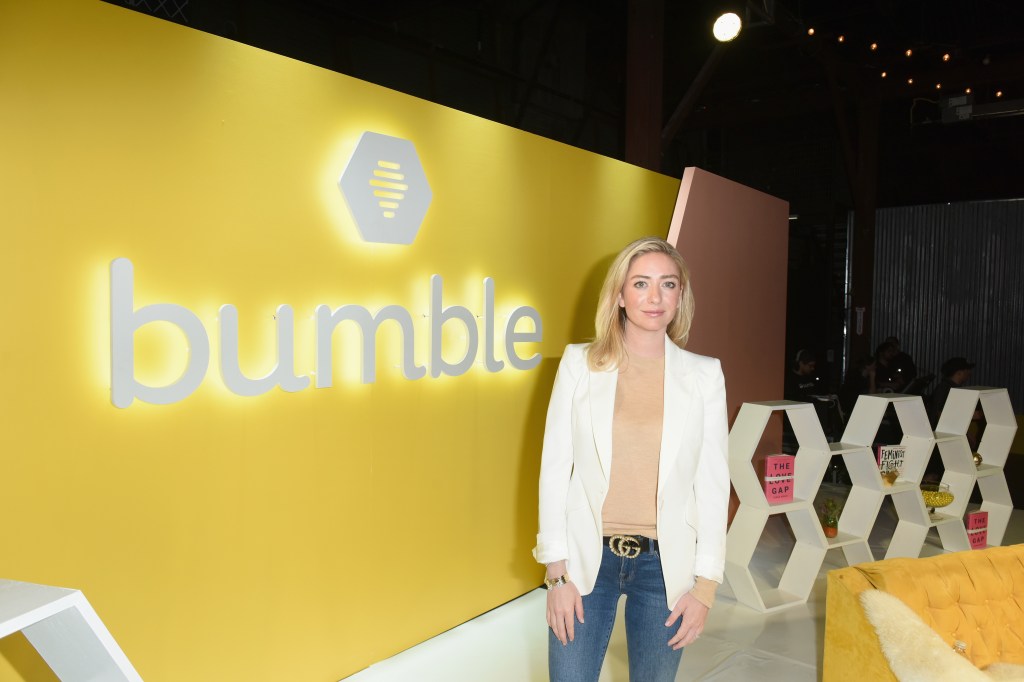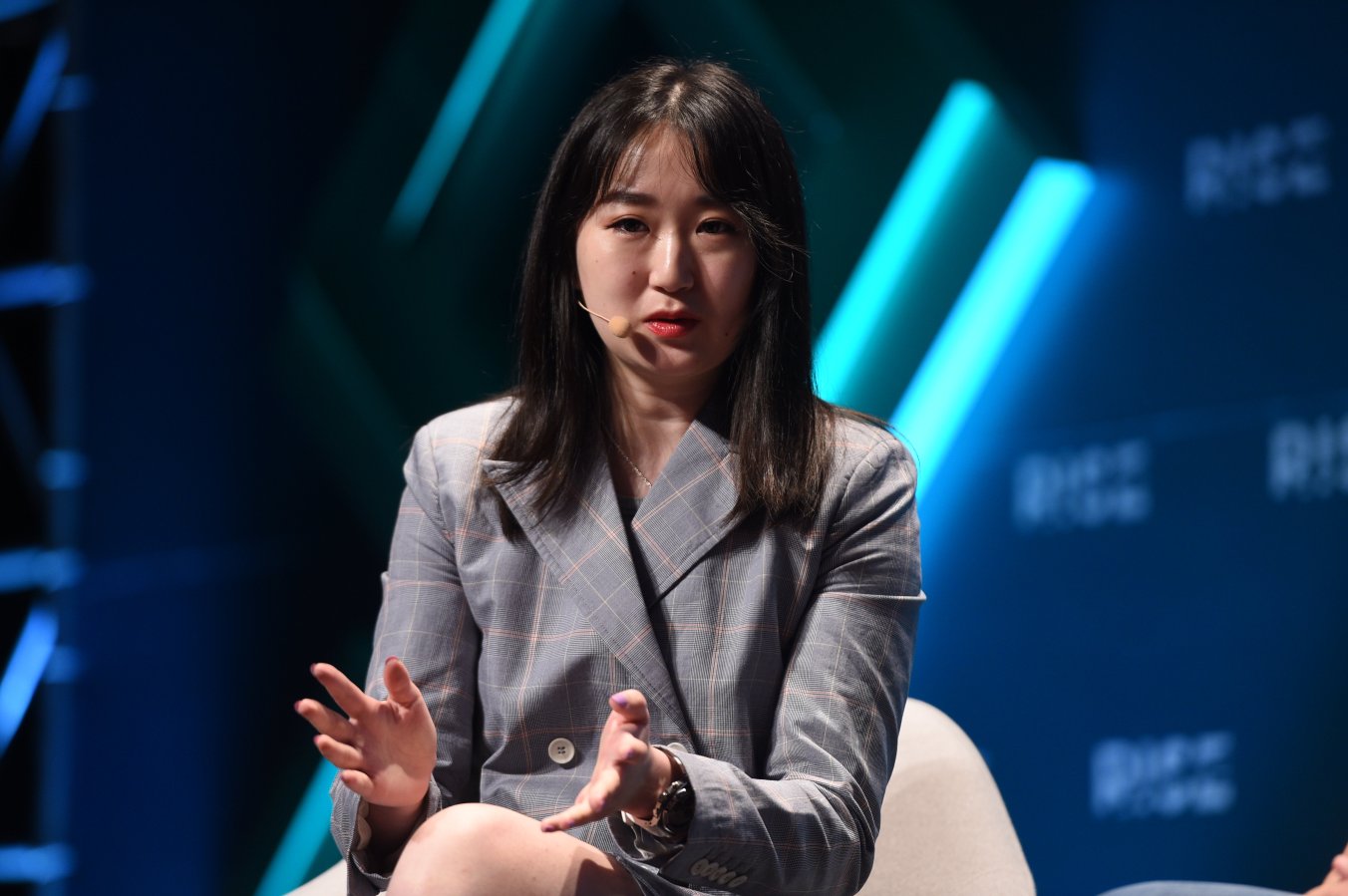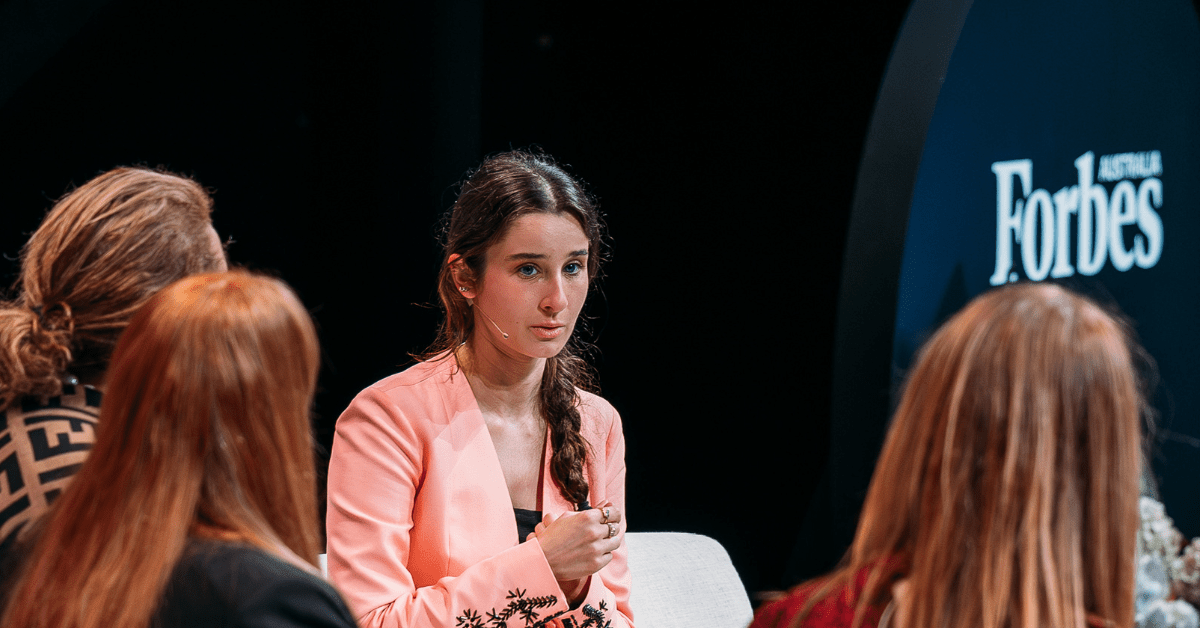Bumble co-founder Whitney Wolfe Herd will step down as the dating app company’s chief executive, the firm announced Monday morning, as the former billionaire Wolfe Herd slides into a new role while Bumble’s growing pains as a public company continue.

Key facts
- Wolfe Herd will exit her current post and become Bumble’s executive chairwoman Jan. 2, handing over the CEO reins to Lidiane Jones, who currently serves in the same capacity at workplace messaging service Slack.
- The move follows an extended slide for Bumble stock since the company’s February 2021 initial public offering; Bumble’s $13.67 share price at Friday’s market close was 83% below its all-time high of $78.89 achieved in its first week of trading.
- The 34-year-old Wolfe Herd saw her own fortune tumble as Bumble shares cratered, losing her billionaire status.
- Bumble stock slid 9% to about $12.40 in early Monday trading following the news of the CEO transition, trading well below its all-time low closing price of $12.90 set last week.
Key background
Wolfe Herd became the youngest self-made female billionaire ever in 2021 when Bumble went public at a nearly $9 billion valuation. Previously a cofounder of Tinder, Wolfe Herd founded the female-oriented Bumble in 2014, shortly after suing Tinder for sexual harassment.
But as Bumble’s market capitalization slipped to below $2 billion, Wolfe Herd’s fortune took a similar tumble, tanking from a peak of about $1.5 billion in early 2021 to $510 million as of this May.
Bumble, which was part of 2021’s record-setting year of IPOs, has experienced similar stock declines to other companies that went public during the boom period, though its near 40% share price decline moves against the Russell 2000’s 1% year-to-date gain.
This article was first published on forbes.com and all figures are in USD.


